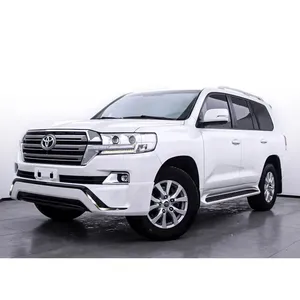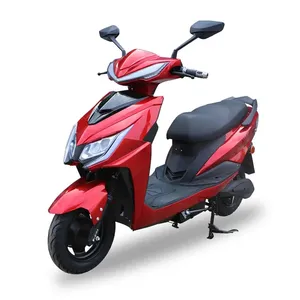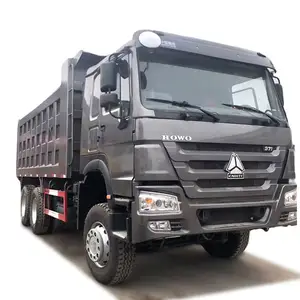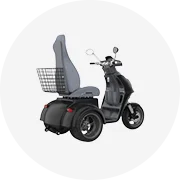Popolare nel tuo settore






Fabbrica Sistema di Scarico auto tubo Di Scarico Flessibile/Tubo Di Scarico Soffietto
1,01 € - 2,92 €
Ordine minimo: 50 parti






Tubo flessibile di scarico in acciaio inossidabile di alta qualità da 2 "x 4" x 8 "doppio intrecciato
1,52 € - 1,86 €
Ordine minimo: 1 parte
Spedizione per pezzo: 47,47 €







Auto resistente all'usura marmitta guarnizione in grafite produttore all'ingrosso
0,4635 €
Ordine minimo: 100 parti
Spedizione per pezzo: 0,5192 €







Tubo flessibile di scarico in acciaio inossidabile di alta qualità da 2 "x 6" x 10 "doppio intrecciato
1,72 € - 2,04 €
Ordine minimo: 1 parte







JBSL silenziatore pneumatico di alta qualità in acciaio inox silenziatore di scarico silenziatore PT NPT G
1,02 € - 1,13 €
Ordine minimo: 1 parte
Spedizione per pezzo: 6,60 €







Silenziatore in acciaio inox SS 316L sinterizzato in ottone aria condizionata
1,12 €
Ordine minimo: 50 parti







Scarico Catback per Suzuki Swift 1.3 1.5 2005-2010 tubo di scarico in acciaio inox silenziatore scarico
463,49 € - 509,84 €
Ordine minimo: 2 insiemi
Spedizione per pezzo: 78,32 €






Lihong A142 Diritto universale silenziatore di scarico per suzuki swift 2013
1,52 € - 1,78 €
Ordine minimo: 100 parti


51 millimetri di Ingresso auto punta del silenziatore universale in acciaio inox curva verso il basso end di scarico coda punta YFX-0072
2,46 € - 2,79 €
Ordine minimo: 1 parte







Personalizzata in acciaio di aspirazione collettore di scarico tubo di metallo prezioso di ceramica a nido d'ape convertitore catalitico per Auto Da Corsa
36,16 € - 63,97 €
Ordine minimo: 20 parti





Collettore di scarico personalizzato per Suzuki Swift 1.3L 2007 2021 304 in acciaio inossidabile prestazioni di scarico regolate

259,56 € - 352,26 €
Ordine minimo: 2 insiemi
Spedizione per pezzo: 26,04 €
Migliori categorie
Su suzuki scarico rapido
Alibaba.com offre prodotti 207 suzuki scarico rapido. È disponibile una vasta gamma di varietà di suzuki scarico rapido, quali acciaio inox, in acciaio inox, e in fibra di carbonio. È inoltre possibile scegliere tra nero, argento, e bianco suzuki scarico rapido.




















